
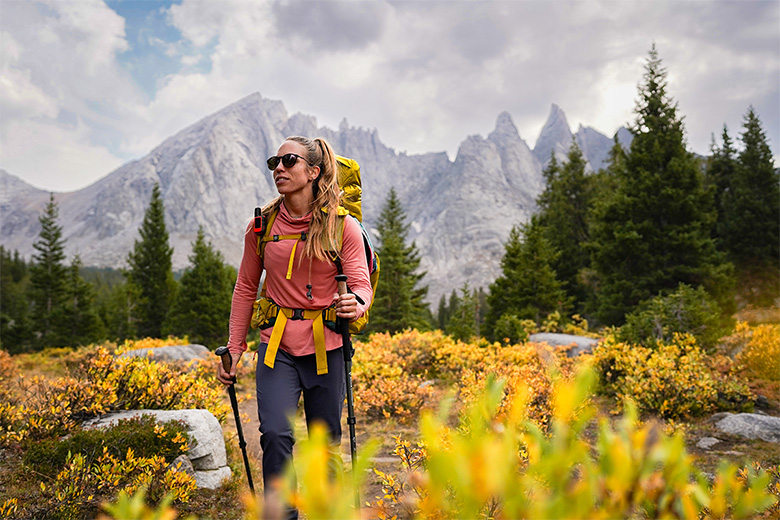
Price: $68
UPF: 20+
Materials: 70% viscose from bamboo, 30% polyester
Weight: 5.9 oz. (women’s small)
What we like: Very soft and cozy with good breathability for active pursuits.
What we don’t: Not the best at wicking moisture; thumb loops and hood were fairly snug in my usual size, leading to some restriction.
See the Women's Bamboo Lightweight Hoodie II See the Men's Bamboo Lightweight Hoodie
I’m a sucker for sun hoodies—I love the protection and coverage they offer for climbing, hiking, and everyday wear in the summer months. I’ve tested lots of designs over the years and continually find myself reaching for the Free Fly Bamboo Lightweight Hoodie II. Made with a blend of polyester and viscose from bamboo, this hoodie has an ultra-soft and cozy feel—akin to your favorite cotton t-shirt—and offers great breathability and odor resistance for active pursuits. The construction does require special care to maximize its lifespan, and it’s not particularly quick to dry or adept at wicking moisture, but the pros far outweigh these cons, in my experience. Below are my thoughts on the Bamboo Lightweight Hoodie II’s performance. To see how it stacks up to the competition, check out our article on the best sun protection shirts.
Using a mix of polyester (30%) and viscose from bamboo (70%), the Free Fly Bamboo Lightweight Hoodie II is remarkably soft. Slipping it on for the first time, I was struck by the smooth and supple feel. The fabric is also stretchy, which allows for good mobility. My only comfort-related complaints have to do with the thumb loops and hood. Since the sleeves are a little short on me, the thumb holes are pretty tight—enough so that I only use them when I’m adding another layer overtop. The hood is similarly snug, which is great for security in high winds but fairly restrictive when looking any direction other than straight ahead. Without the thumb loops or hood on, the hoody fits me very well with no restriction to movement (more in "Fit and Sizing" below).
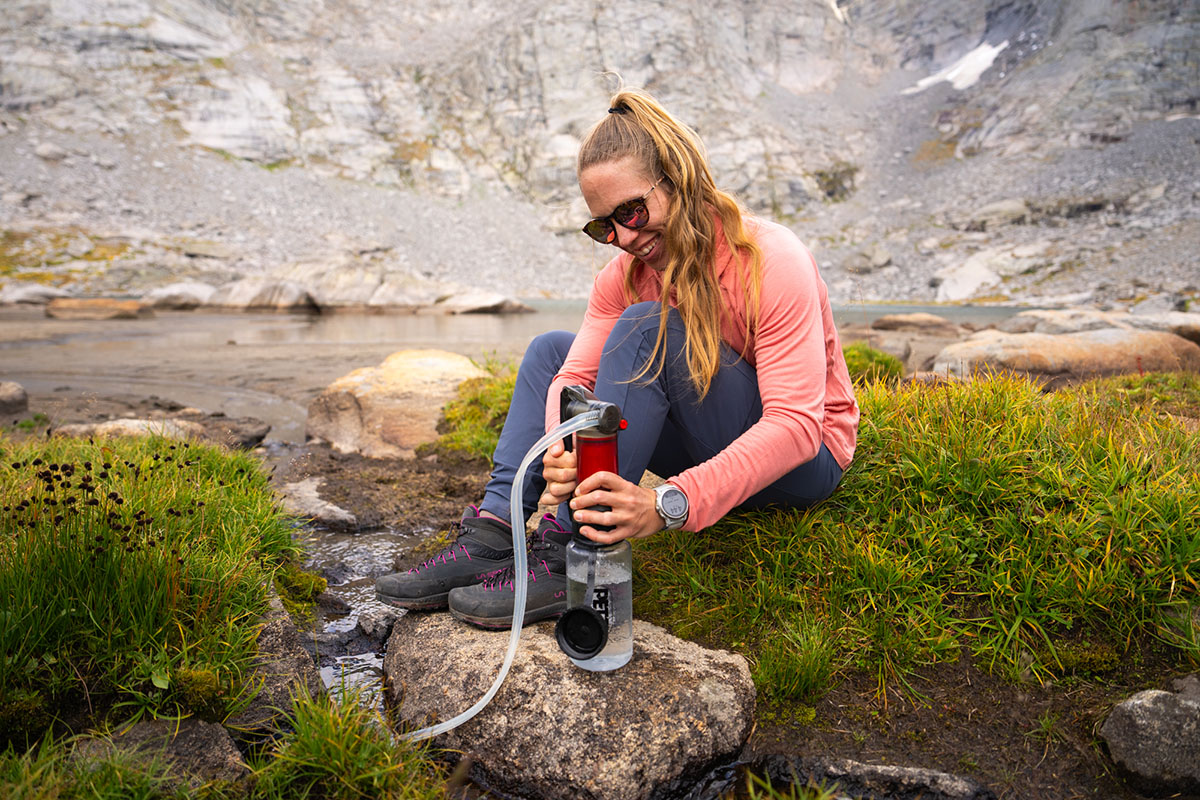
UPF ratings measure how much ultraviolet (UV) radiation a fabric blocks, with UPF 30 being the minimum rating that qualifies for the Skin Cancer Foundation’s official recommendation. The Bamboo Lightweight Hoodie boasts a UPF 20+ rating, which means it blocks at least 95% of UVA and UVB rays, allowing 5% or less (1/20th) to penetrate. For reference, this is on the lower end in the wider sun hoodie market, translating to less protection than offerings like the Mountain Hardwear Crater Lake Hoody (UPF 50+), Arc’teryx Taema Hoody (40+), and many others that made our best-of list this year. To be fair, I have yet to be burned—or even slightly sun-kissed—while wearing the Bamboo Lightweight Hoodie, but if sun protection is a top priority for you, it may be best to play it safe with an alternative like the Crater Lake.
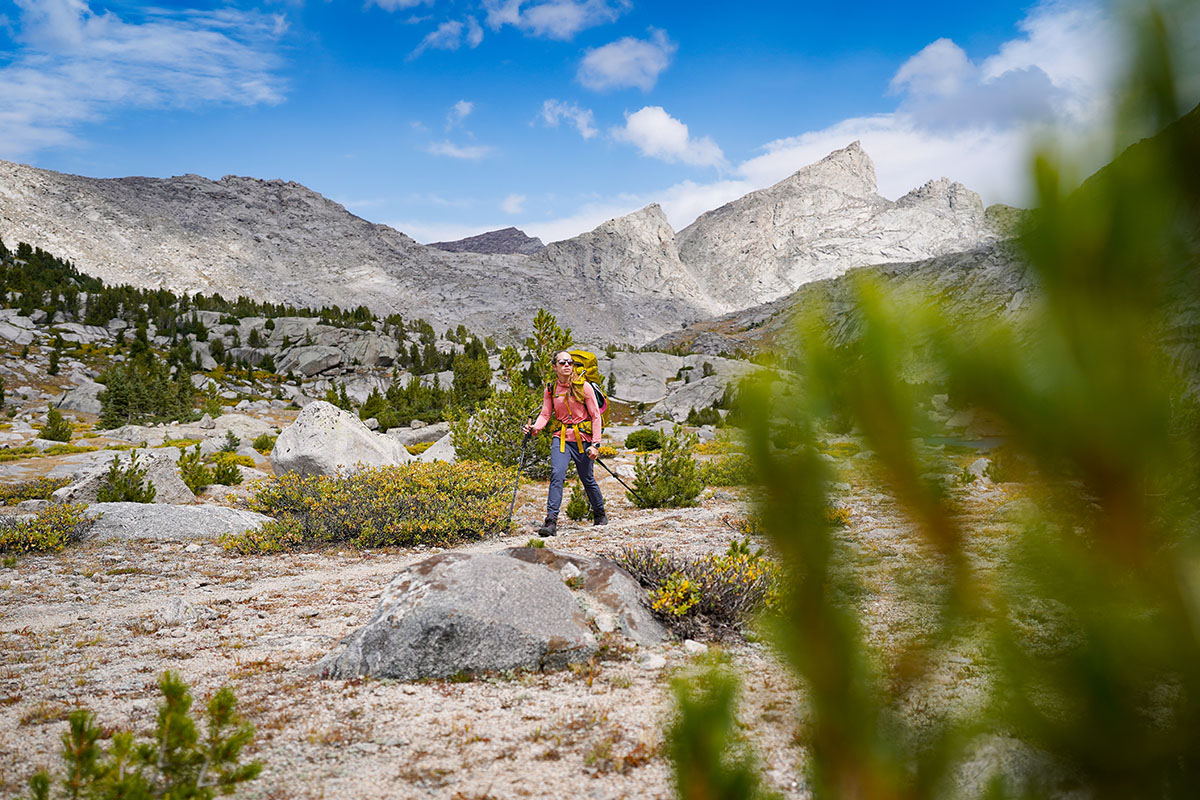
The Bamboo Lightweight Hoodie II has a very light and airy feel—great for active pursuits like warm-weather hiking, backpacking, and climbing. Temperatures were pretty mild during our late-summer trek in Wyoming’s Wind River Range, hovering mostly in the 50s and 60s Fahrenheit, and I had no issues staying sweat-free. I even managed to keep it on during a long and steep climb over Texas Pass, remaining comfortable the entire time.
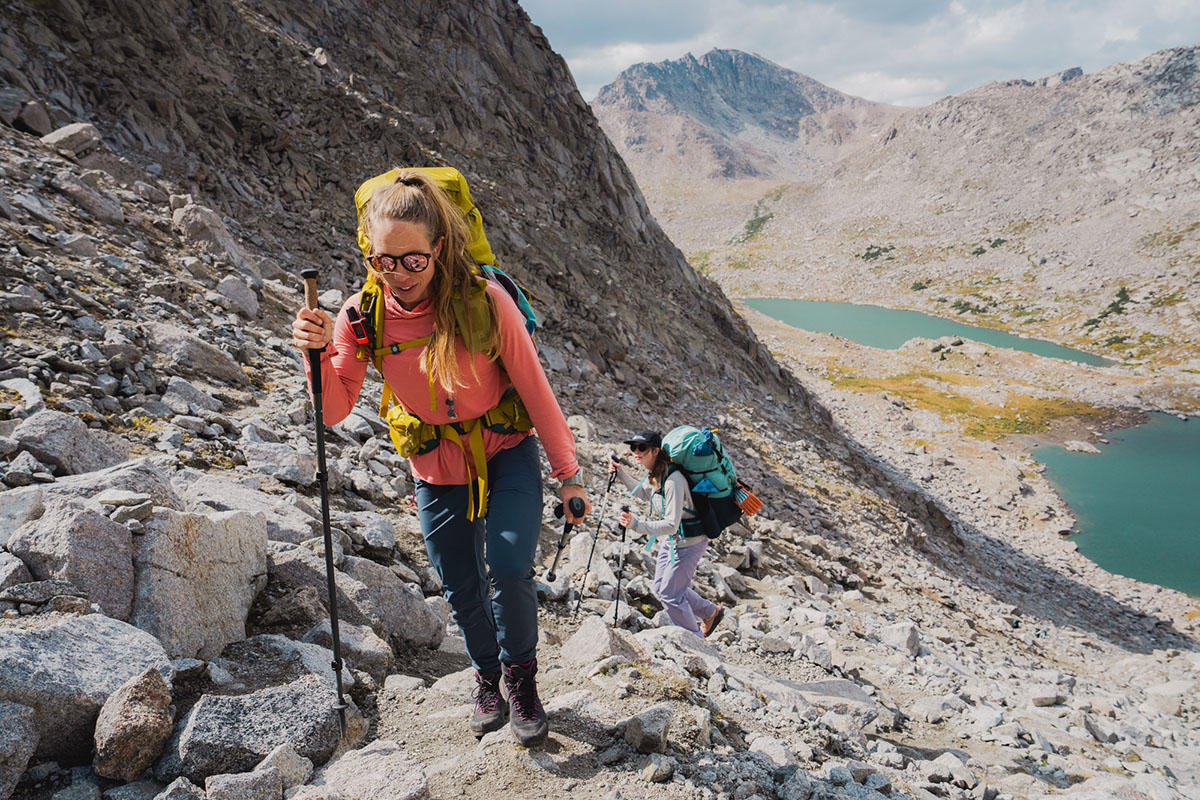
However, while I came away impressed by the hoody’s breathability, it’s important to point out that bamboo is similar to cotton in terms of its absorptive qualities. In particular, the Free Fly Hoody does not shed moisture well or dry particularly quickly. For some, this will provide an extra cooling effect on hot days; others (especially those prone to working up a sweat) may want to opt for a better-wicking design like the Outdoor Research Echo Hoodie or Arc’teryx Taema Hoody (the women's counterpart to the Cormac), both of which are made from 100% polyester.
Bamboo is naturally odor-resistant, making the Bamboo Lightweight Hoodie an easy choice for multi-day backpacking trips when I expect to get sweaty. Our trip to the Winds took place in late summer, with mild to warm temperatures throughout most of the trek. Despite multiple days of back-to-back wear, the Bamboo Lightweight Hoodie stayed relatively fresh, especially compared to my Mountain Hardwear Crater Lake Hoody, which is made with a mix of polyester and elastane (this is one of the biggest downsides to synthetics, in my opinion).
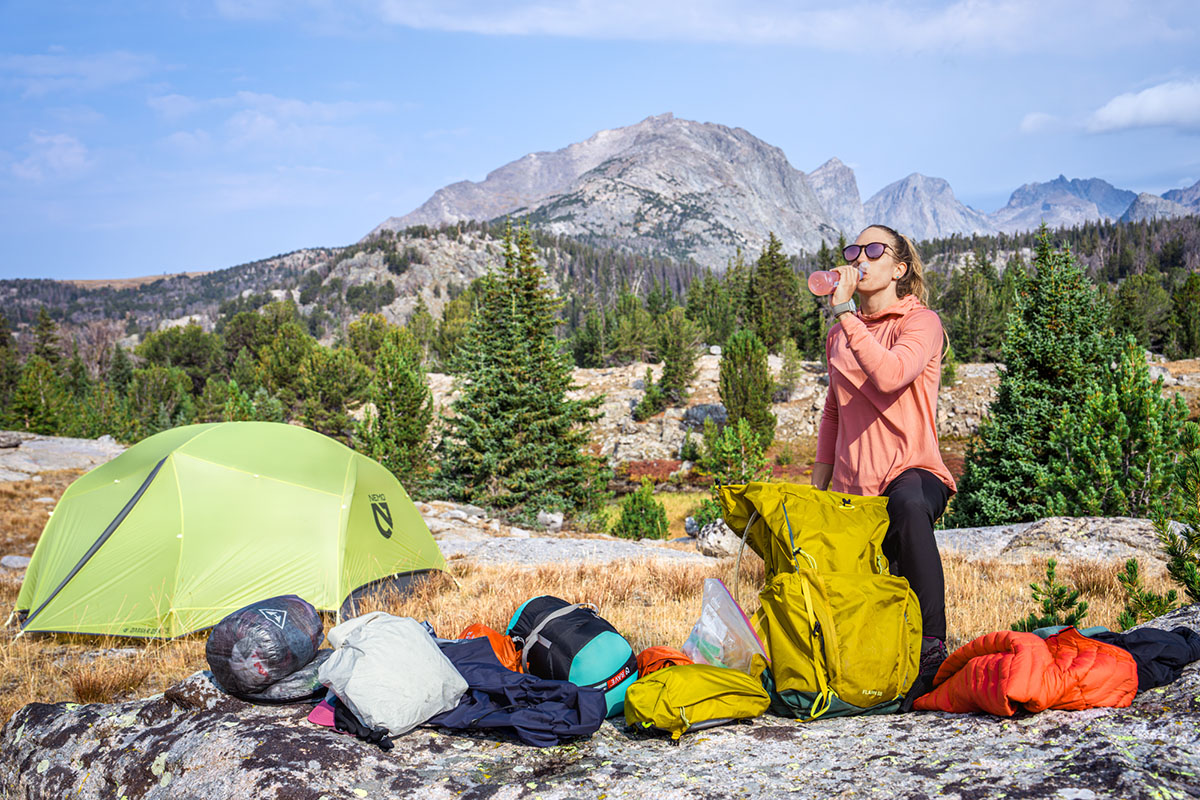
At 5.9 ounces on my scale in a women’s small, the Bamboo Lightweight Hoodie II is very competitive in the sun shirt market. You can go a little lighter with Mountain Hardwear’s Crater Lake Hoody, which checks in at a scant 4.2 ounces, but it’s no easy feat dipping into the sub-6-ounce range. To be fair, the Bamboo Lightweight Hoodie is pretty basic in terms of design, with no drawcords or features to speak of apart from the hood and thumb loops, but the shirt has a barely-there feel that went largely unnoticed throughout testing, even during long days on the trail. It’s also holding up well after extensive use, which isn’t always the case with lightweight gear and clothing.
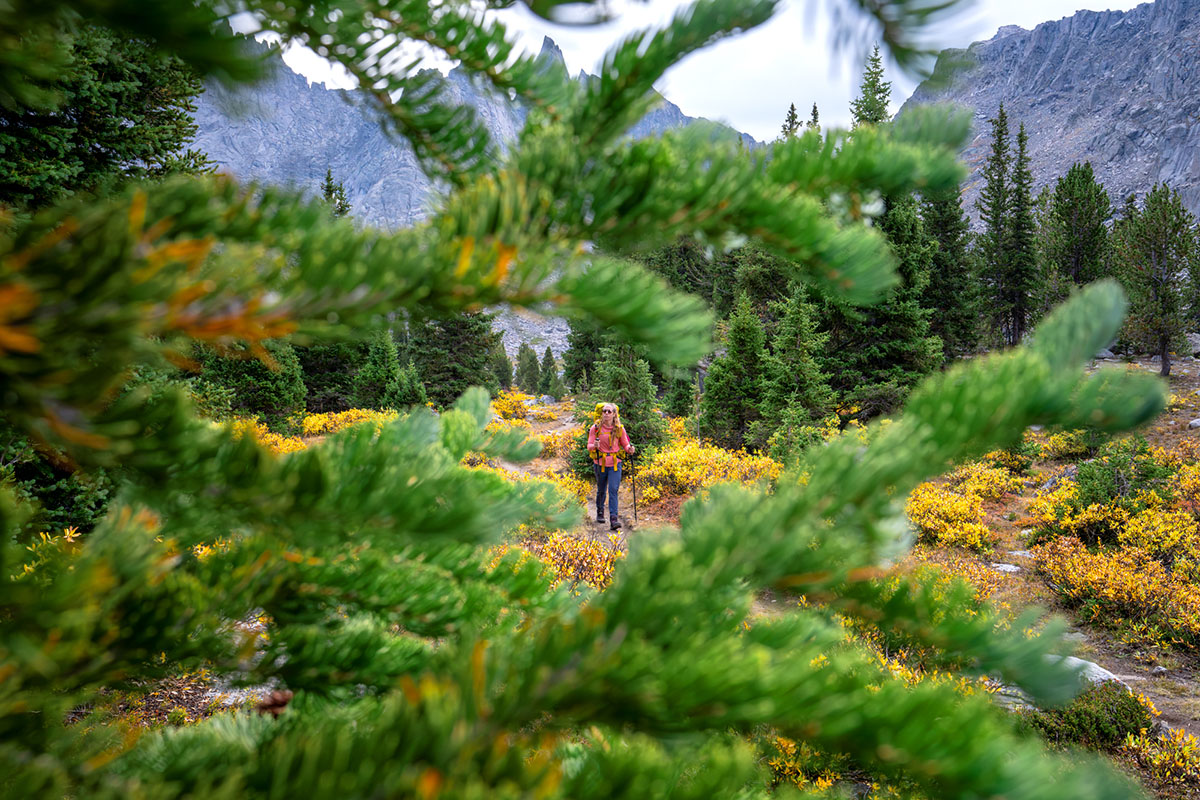
As I touched on above, the Bamboo Lightweight Hoodie sticks to the basics when it comes to features. The hood is snug, which is great for protection and security in high winds. It also slides nicely underneath a climbing helmet, although looking up or to the side results in a small but noticeable amount of tugging. The aperture of the hood is elasticized for keeping it in place, and the fabric overlaps at the base of the neck, offering coverage up to my nose when the hood is on.
There are thumb loops built into the cuffs that effectively prevent the shirt from riding up. As I touched on previously, the sleeves are a little short on me, so the thumb holes feel pretty taut and uncomfortable, especially when I reach overhead. As a result, I only find myself using them to prevent the sleeves from bunching when I’m layering overtop.
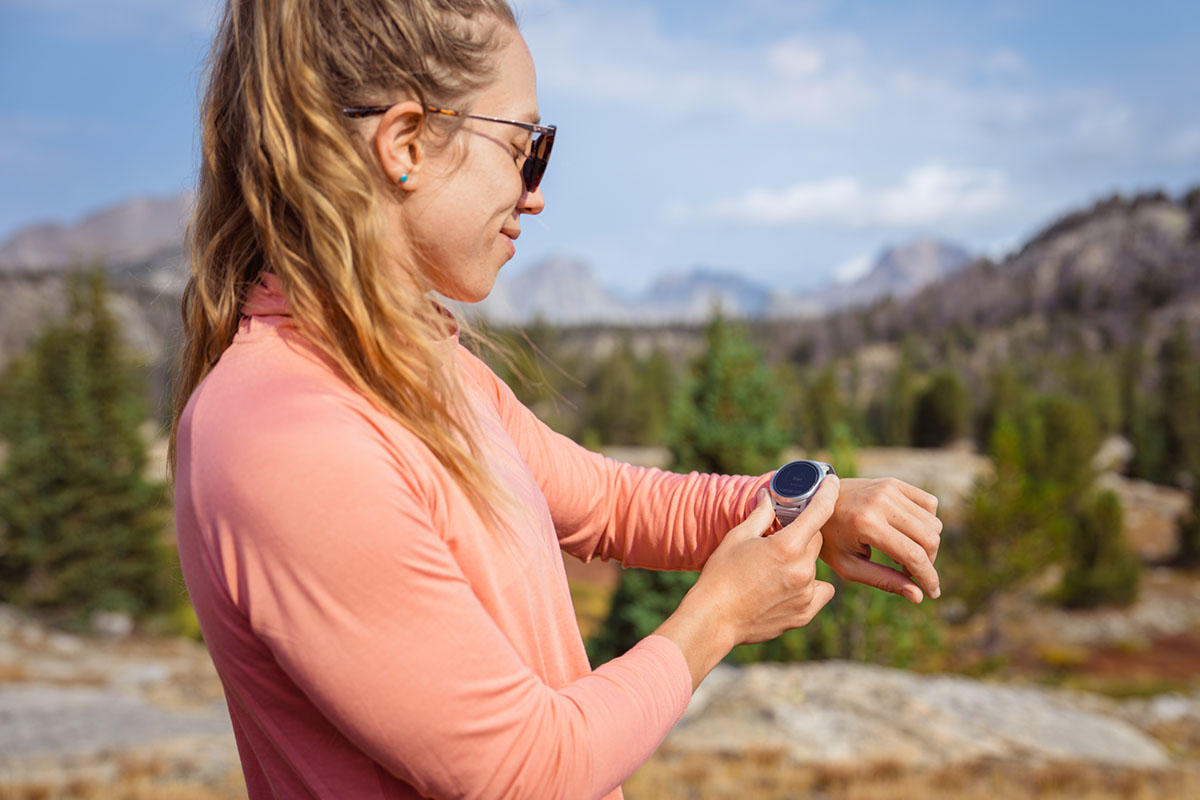
Durability is a bit of a mixed bag with the Bamboo Lightweight Hoodie II. On the bright side, the smooth and supple fabric has held up well in testing no pilling or snags. There are a couple of loose threads around the cuffs, but otherwise, it looks as good as it did on day one. However, the material is prone to shrinking and requires special care when laundering. Free Fly recommends turning it inside out before washing in cold water with like colors, then hanging it out to dry or tumble drying on a delicate cycle. I’ll admit to throwing it in with the rest of my laundry a couple times, but I’ve tried my best to adhere to Free Fly’s recommendations. So far, apart from a little shrinkage and the few loose threads, everything is in good shape.

I ordered my usual size small in the Bamboo Lightweight Hoodie II and enjoyed the free-flowing but not overly baggy fit. As I mentioned above, both the hood and thumb loops were pretty snug for me (the latter of which is a result of the sleeves being too short), but the rest of the hoody fit me well. Free Fly offers the hoody in six sizes for men and women, with men’s sizes ranging from S to 3XL and women’s options from XS to XXL.
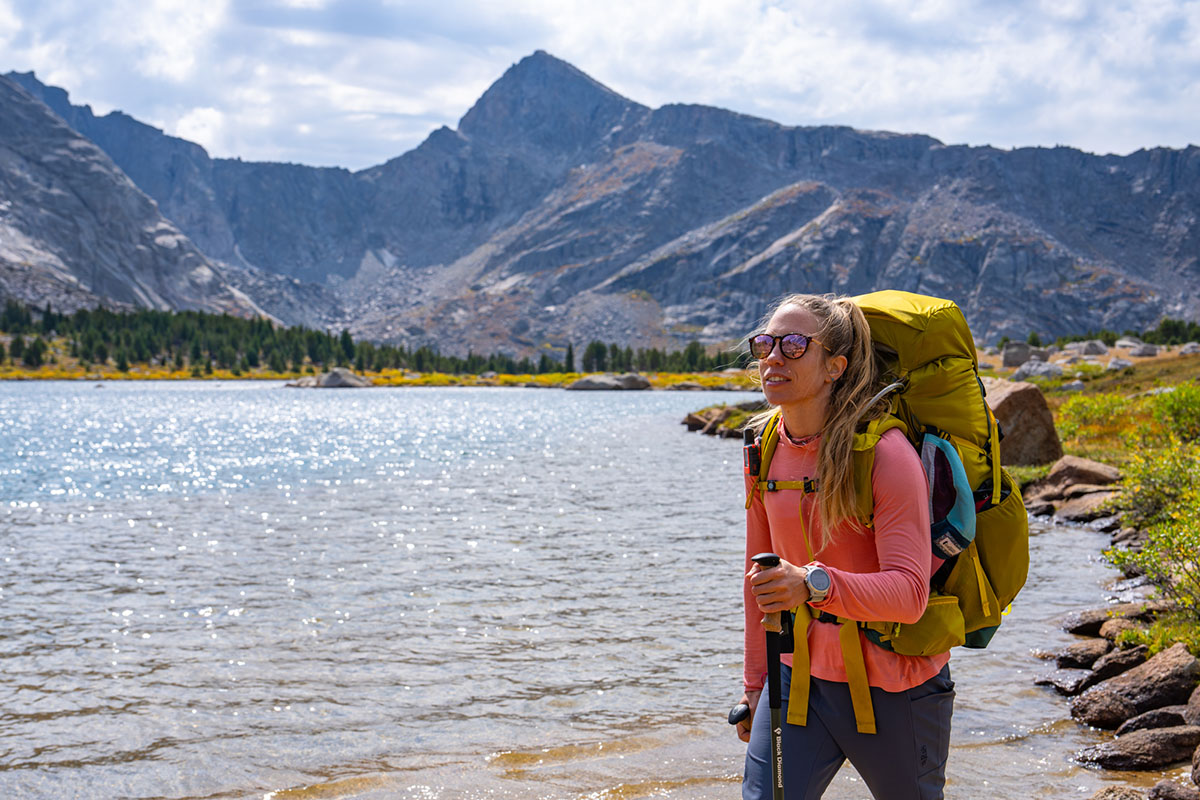
Using viscose from bamboo, instead of viscose (otherwise known as rayon) from wood pulp has some minor environmental appeal. Bamboo regenerates very quickly, and requires less land to produce than traditional forests. That could be an advantage over any manufacturer that uses new, virgin plant matter when creating its rayon. However, after the bamboo is harvested it's important to note that it goes through the exact same chemical treatment as other rayons in order to produce the material. Some other small details: Bamboo also doesn’t need irrigation and uses minimal pesticides, and Free Fly uses lotus plants as natural water filtration at certain factories. True gains in sustainability require adapting an immeasurable amount of small inputs, but we appreciate Free Fly's commitment to these small changes.

I tested the women’s Bamboo Lightweight Hoodie II for this review, and the men’s version goes by the same name but without the “II” designation. In comparing the two, the men’s Bamboo Lightweight Hoodie tacks on a left chest pocket and has a slightly slimmer fit through the body but is otherwise similar to the women's version. Free Fly also offers the women’s Bamboo Shade Hoodie II and men’s Bamboo Shade Hoodie, which use a slightly thicker blend of materials that includes less viscose, more polyester, and a bit of spandex for added stretch. You also get a boost in UPF protection (from 20+ to 50+). Rounding out the lineup, the Bamboo Flex Hoodie is the priciest and thickest option in the collection. It’s much stretchier than the Bamboo Lightweight Hoodie but also less breathable and odor-resistant. Finally, it’s worth noting that the women’s style is very different, with a large kangaroo pocket and dual drawcords to cinch the collar (the men’s version omits both features).
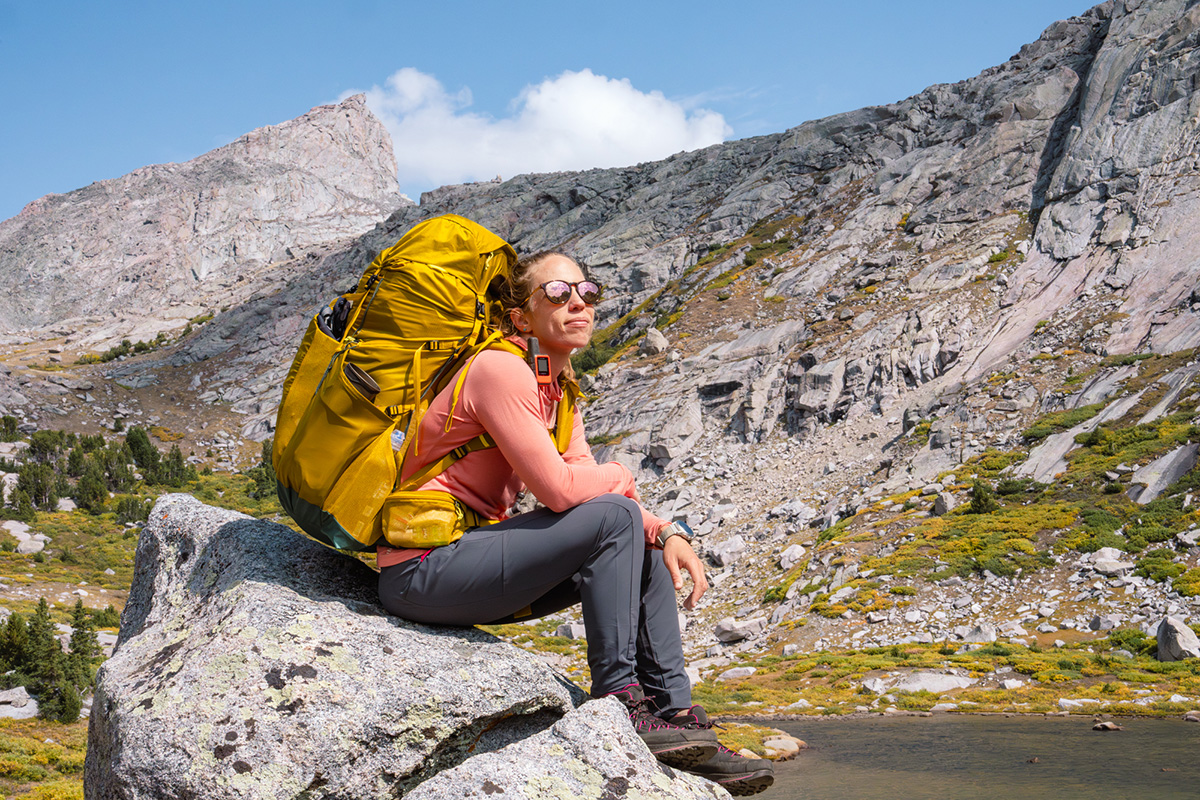

| Sun Shirt | Price | UPF | Materials | Weight | Fabric |
|---|---|---|---|---|---|
| Free Fly Bamboo Lightweight | $68 | 20+ | 70% viscose (bamboo), 30% polyester | 5.9 oz. | 145g/m2 |
| Mtn Hardwear Crater Lake | $72 | 50+ | 88% polyester, 12% elastane | 4.2 oz. | 120g/m2 |
| Free Fly Elevate Hoodie | $88 | 30+ | 83% polyester, 11% Lyocell, 6% spandex | Unavail. | 175g/m2 |
| Free Fly Elevate Lightweight | $78 | 25+ | 81% polyester, 11% Lyocell, 8% spandex | Unavail. | 145g/m2 |
The Bamboo Lightweight Hoodie II stands out in the sun hoody market for its soft feel and great breathability, but our favorite design this year is Mountain Hardwear’s Crater Lake Hoody. For around the same price, the Crater Lake is a little lighter (4.2 oz.) and features a buttery-soft, all-synthetic construction that feels great against the skin and allows for great freedom of movement. In addition, you get a helmet-compatible hood that’s larger but less restrictive, along with UPF 50+ sun protection (the highest possible designation). The Bamboo Lightweight Hoody II offers better breathability and odor resistance, but we think the Crater Lake offers slightly more well-rounded performance for the price.
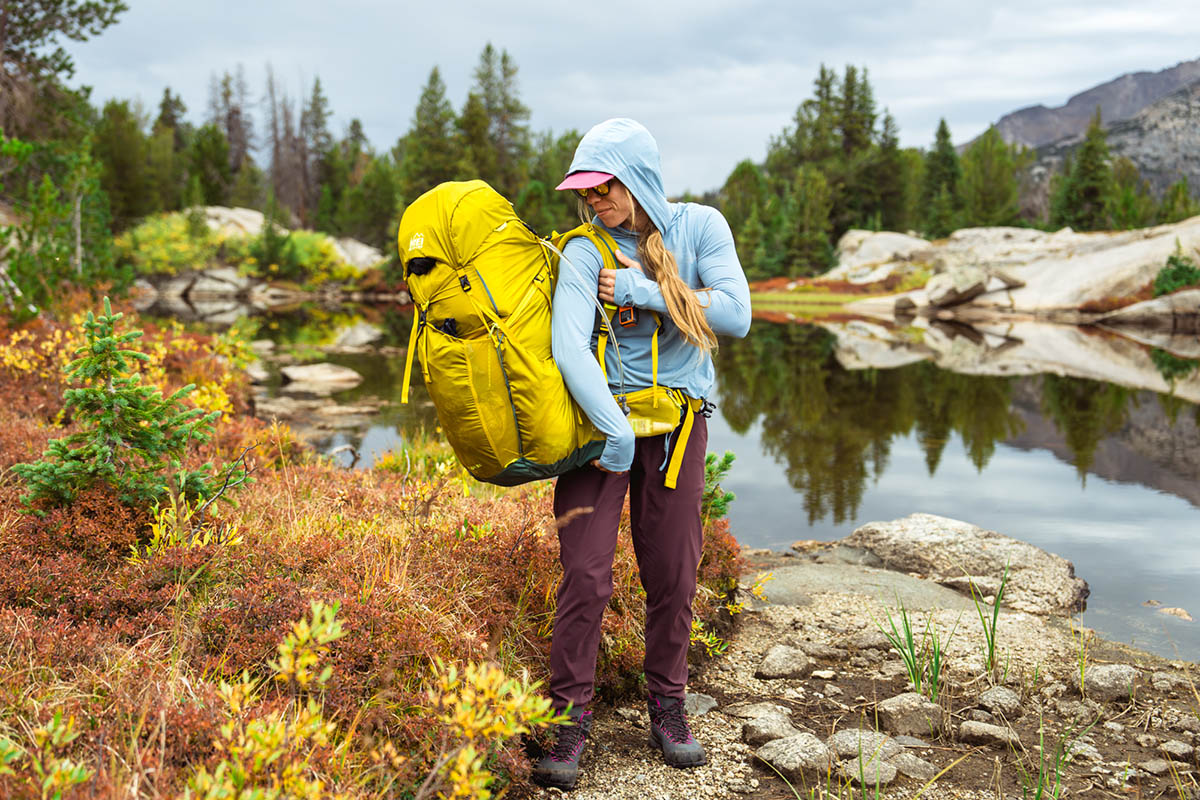
From within Free Fly’s own lineup, the Elevate collection—including the standard Elevate Hoodie and Elevate Lightweight—is an intriguing alternative to the Bamboo Lightweight Hoodie II. Both pieces are fully synthetic with a mix of polyester, Lyocell, and spandex, which translates to a slight step down in softness but a bump in moisture-wicking and durability. As its name suggests, the Elevate Lightweight is the thinner and lighter of the two, but both styles feature thumb holes and effective anti-odor treatments, along with a nice selection of classy colors. Ultimately, a decision will likely come down to whether you prefer the performance characteristics of a semi-synthetic fiber like bamboo or a fully synthetic fabric.
Back to the Bamboo Lightweight Hoodie II Review See Our Sun Protection Shirt Guide